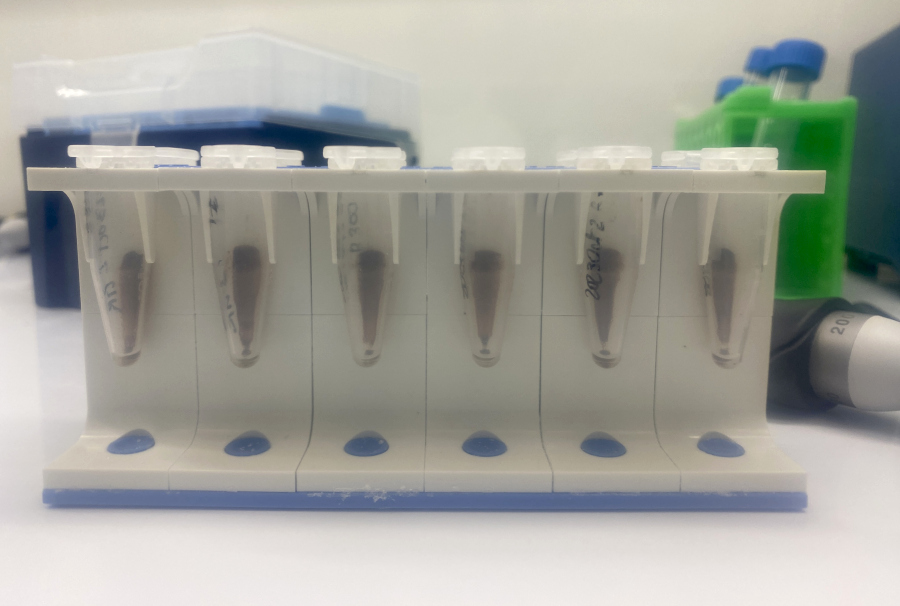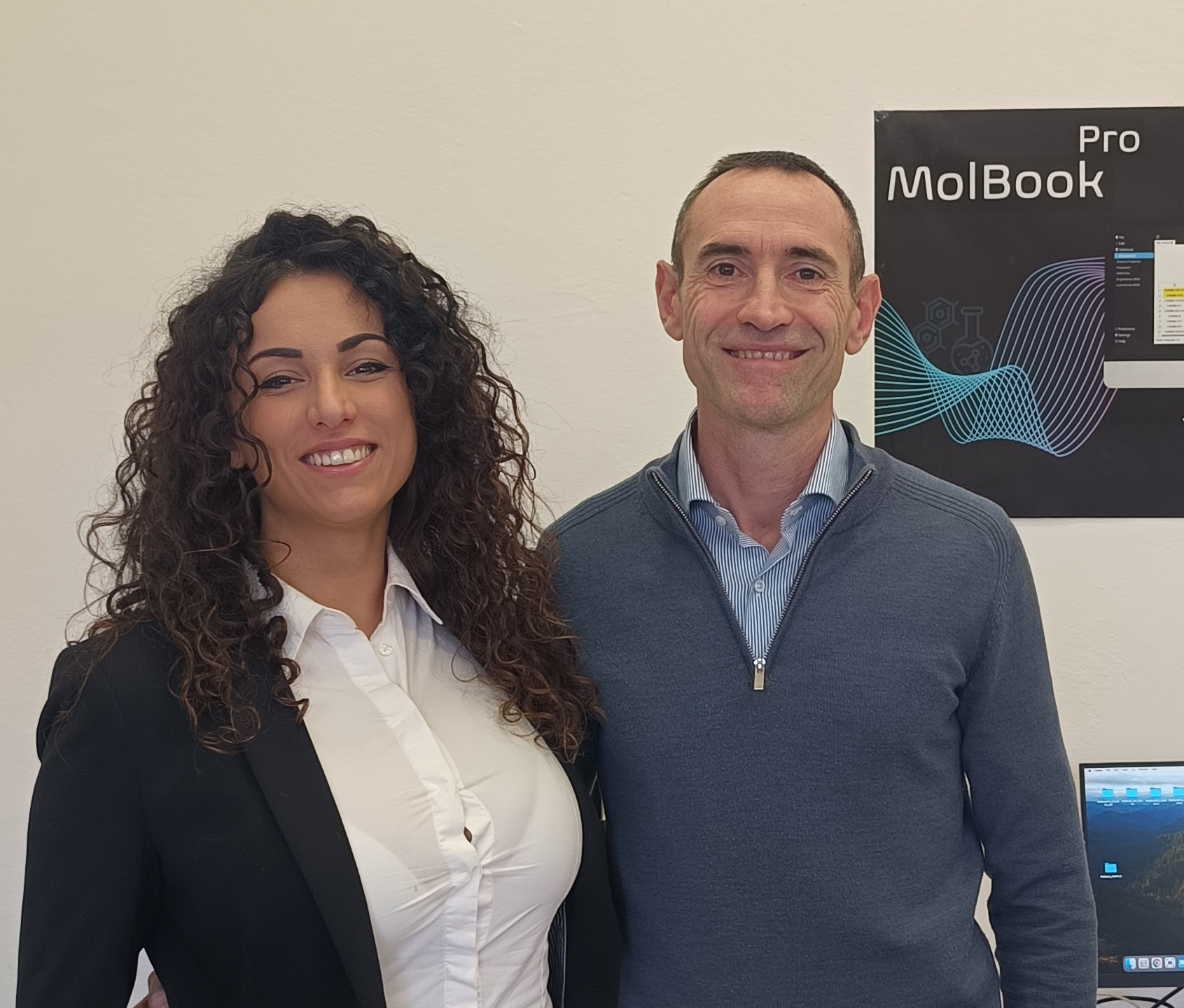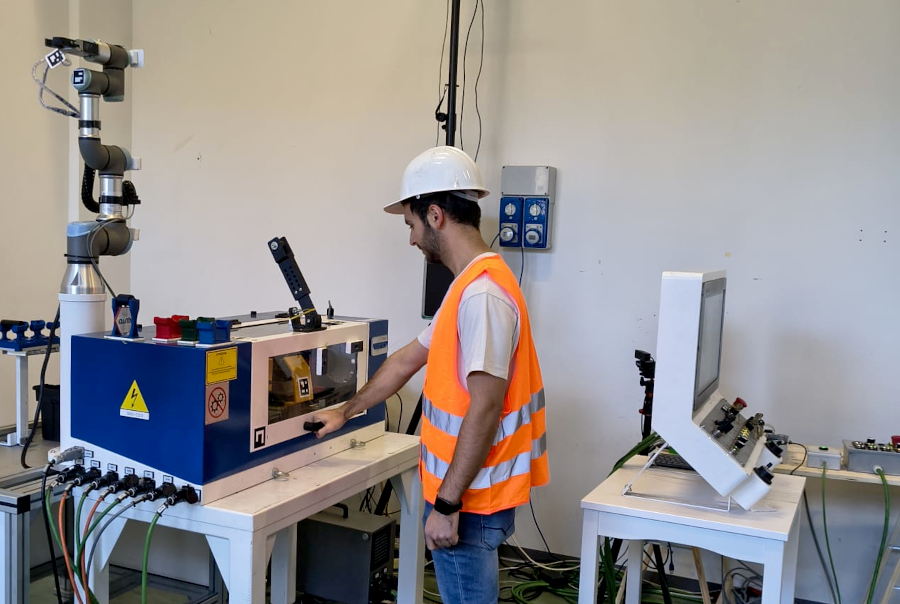The Etruscan and Samnite populations of pre-Roman Italy suffered from periodontitis, a severe gum inflammation resulting not only from poor oral hygiene but also from dietary habits. This is the finding of a study conducted by the University of Pisa in collaboration with the University of Zurich and the University of Basel and published in the Journal of Proteomics.
“The first millennium BCE represents a complex period in the history of Italy, characterized by significant socioeconomic transformations among pre-Roman communities,” explains Giulia Riccomi, researcher at the University of Pisa and first author of the study. “The emergence of social hierarchies appears to have been reflected in differential access to food resources: elites had greater access to meat, while lower classes relied mainly on carbohydrates. In both cases, these dietary patterns seem to have contributed to the development of oral diseases that we usually associate with modernity.”

The research focused on osteodental remains from 63 individuals buried in six Etruscan-Samnite necropolises, including those of Volterra and Tarquinia, dating between the 7th and 4th centuries BCE. The examination of dentition to identify signs of inflammation of the dental tissues was accompanied by paleoproteomic analysis, an innovative technique that allows the extraction and identification of ancient proteins preserved in dental calculus, providing insights into health status, diet, and infections in people who lived thousands of years ago.
The results show that over 20% of the analyzed dentition exhibited signs of periodontitis, while biomolecular analyses conducted on 33 dental calculus samples revealed the presence of specific proteins from the bacterium Porphyromonas gingivalis, the main pathogen responsible for the disease.
“The occurrence of periodontitis in osteoarchaeological human remains cannot be explained solely by poor oral hygiene—certainly widespread in the past and a crucial factor in the onset of the disease—but should also take into account dietary factors,” Riccomi continues. “Indeed, a diet rich in animal proteins and fermentable carbohydrates frequently consumed—for example cereals, bread, soups—would have promoted imbalances in the oral microbiota, altering the equilibrium between ‘good’ and ‘bad’ bacteria in the mouth, and contributing to chronic inflammatory conditions and tooth decay.”
From a methodological perspective, this study represents one of the few applications in Italy of paleoproteomics on ancient dental calculus. The results were made possible through collaboration with Shevan Wilkin, of the Ancient Protein Laboratory at the University of Zurich, one of the few centers in Europe equipped with dedicated, highly specialized facilities for the study of ancient proteins. “It is really exciting to see work into the health of past individuals through ancient proteomics analysis. I think this aspect of research will be one of the major new pathways of the discipline in the coming years,” commented Wilkin.
The work is part of the two-year PROFIT project (Pre-Roman Foodways in Italy: an interdisciplinary approach, 2023–2024), funded through the MSCA-SoE Young Researchers call awarded to Giulia Riccomi. The project focuses on reconstructing pre-Roman dietary habits in Italy by combining dental paleopathology, biochemical analysis of bone collagen, and biomolecular proteomic analysis of dental calculus.
Acknowledgments are due to the Museo Civico Archeologico di Bologna, SABAP-Pisa-Livorno, Museo Archeologico Nazionale Tarquiniense, and Museo Archeologico Nazionale di Pontecagnano for granting access to the osteoarchaeological remains examined within the PROFIT project.



